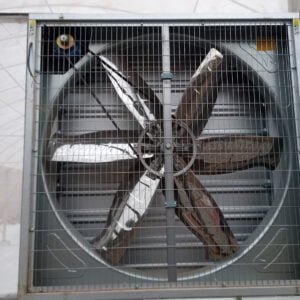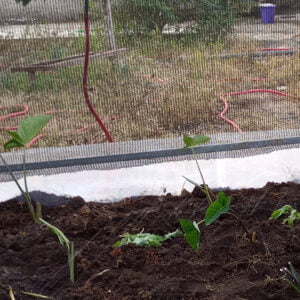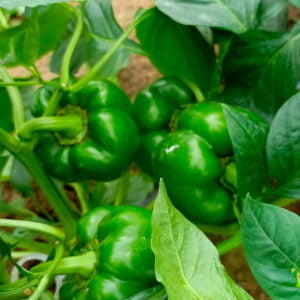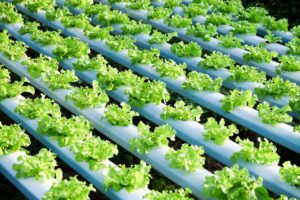Unleash the Power of Moisture for Healthy Crops
In the complex world of greenhouse agriculture, the conditions surrounding your crops are a major determinant of their performance. One such element is humidity. We’ll look at the significance of humidity control in greenhouse farming in this book, and how it can be the secret to happy, healthy plants.
Understanding Humidity in Greenhouse Farming
The quantity of moisture in the air is referred to as humidity. Because of its crucial role in plant growth, it is imperative to monitor and control it.
1. Absorption of Nutrients and Transpiration
Through microscopic pores in their leaves, plants shed moisture through a process known as transpiration. Too little humidity causes plants to lose water quickly, which can result in wilted and exhausted crops. On the other hand, excessive humidity can hinder transpiration and lower absorption of nutrients.
2. Disease Prevention
Reducing humidity aids in stopping the growth of fungi. Because many plant diseases like damp environments, keeping your crops at the proper humidity levels can help keep them safe.
3. Optimal Photosynthesis
Link to: Boosting Crop Quality with Advanced Greenhouse Technology
Plants that have the right humidity can perform photosynthesis more effectively. It has an immediate effect on their capacity to transform light into energy.
4. Flowering and Pollination
Some crops, like tomatoes, need to be at certain humidity levels to properly flower and be pollinated. Producing more fruit can be achieved by managing humidity.
Humidity Control Methods
You may regulate the humidity in your greenhouse in several ways, such as:
1. Ventilation
Reduced humidity and the removal of extra moisture from the greenhouse are two benefits of good ventilation.
2. Humidifiers and Dehumidifiers
While dehumidifiers eliminate extra moisture from the air, humidifiers add moisture to it. Both can be useful instruments for preserving the ideal level of humidity.
3. Shade Nets
Shade nets can lessen the direct effects of sunshine, which can increase humidity and temperature. They are especially helpful in warmer climates.
4. Monitoring Systems
Link to: The Greenhouse Advantage: A Year-Round Growing Solution
To maintain the appropriate conditions, sophisticated monitoring systems can check humidity levels in real time and initiate actions, including turning on ventilation.
The Impact of Humidity on Crop Types
Different crops require different levels of humidity. While some could do well in humid environments, others would prefer drier ones. A successful greenhouse farming operation requires an understanding of these requirements.
JoBenBless Agric: Your Partner in Humidity Control
JoBenBless Agric can help if you’re prepared to take charge of the humidity in your greenhouse for healthier and more fruitful crops. We are experts in greenhouse technology, and we can assist you in putting humidity control measures into practice. Contact Us
Conclusion
Controlling humidity has a direct impact on the health and productivity of plants, making it an essential component of greenhouse farming. You can create the ideal climate for your crops to thrive, which will ultimately result in larger yields and healthier plants, by understanding and controlling humidity levels.
For more insights into agriculture, greenhouse farming, and related topics, explore our blog.







